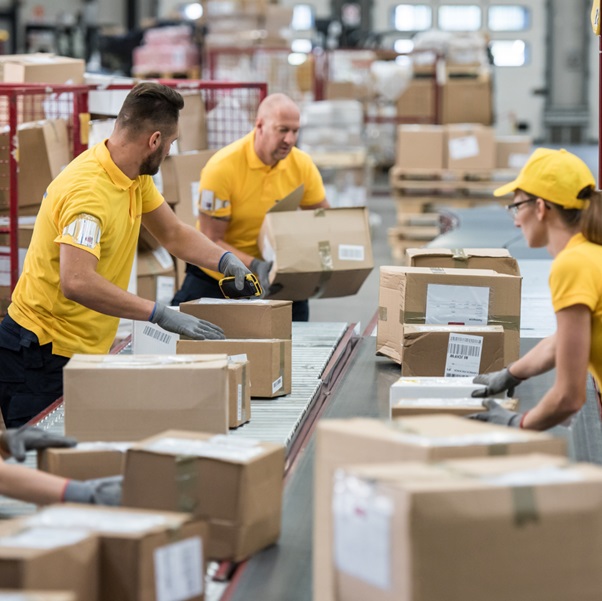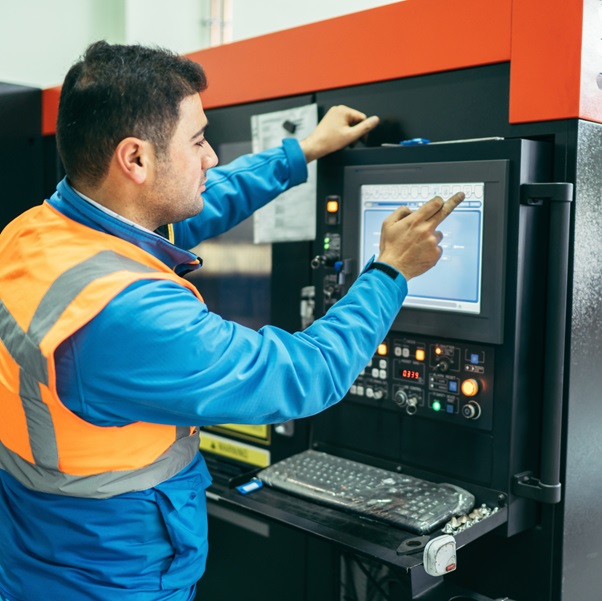Wipes are ubiquitous in households, hospitals, restaurants, and other settings. While they may seem simple, there’s a sophisticated science behind their manufacturing process.
Take a deeper dive into the intricacies of wipe production, exploring the critical steps involved and the technology behind it, with insights from wipes suppliers and PPE equipment suppliers.
Raw Materials Selection
The manufacturing process of wipes begins with the selection of raw materials. Wipes are typically made from non-woven fabrics, which are engineered materials composed of fibres bonded together. These fibres can be synthetic, such as polyester or polypropylene, or natural, like cotton or wood pulp. The choice of raw materials depends on the desired properties of the wipes, such as absorbency, strength, and softness. Wipes suppliers source high-quality materials from reputable manufacturers to ensure the final product meets industry standards.
Fibre Formation
Once the raw materials are selected, they undergo a process called fibre formation. In this step, the fibres are aligned and bonded together to create a cohesive non-woven fabric. This can be achieved through various methods, including dry-laid, wet-laid, or spun-laid processes. Dry-laid processes involve laying out the fibres and mechanically bonding them together, while wet-laid processes involve suspending the fibres in water and bonding them. Spun-laid processes use extrusion to form continuous fibres, which are then bonded together. Each method offers unique advantages in strength, texture, and cost-effectiveness.
Addition of Active Ingredients
Many wipes are infused with active ingredients to enhance their cleaning or disinfecting properties. These ingredients can include surfactants, disinfectants, moisturisers, or fragrances, depending on the intended use of the wipes. Surfactants help to lift and remove dirt and grease, while disinfectants kill bacteria and viruses. Moisturisers help to prevent dryness and irritation, particularly in skincare wipes, while fragrances provide a pleasant scent. Wipes suppliers work closely with manufacturers to develop formulations that meet specific performance requirements and regulatory standards.
Wetting and Folding
Once the non-woven fabric is formed and treated with active ingredients, it undergoes a wetting process to saturate it with a solution or emulsion. This step ensures that the wipes are moist and ready for use. The wetted fabric is then folded into the desired size and shape, typically in a continuous process using high-speed machinery. Folding can be done in various configurations, such as pop-up, interfolded, or stacked, depending on the packaging and dispensing requirements of the final product. Precision and consistency are critical in this step to ensure uniformity and usability of the wipes.
Packaging and Quality Control
After folding, the wipes are packaged into containers or pouches for distribution and sale. Packaging options range from resealable packs for consumer use to bulk containers for industrial or healthcare settings. Before packaging, the wipes undergo rigorous quality control testing to ensure they meet performance, safety, and regulatory standards. It includes testing for strength, absorbency, disinfectant efficacy, and absence of contaminants. Wipes suppliers collaborate closely with manufacturers to implement quality control protocols and ensure that only high-quality wipes reach the market.
Environmental Considerations
In recent years, there has been increasing awareness of the environmental impact of wipes and their disposal. Many wipes are made from synthetic materials that are not biodegradable, leading to concerns about pollution and waste. As a result, there has been a growing demand for eco-friendly alternatives made from biodegradable or compostable materials. Wipes suppliers are responding to this demand by developing innovative solutions that minimise environmental impact while maintaining performance and functionality. Additionally, efforts are underway to educate consumers about proper disposal practices and promote recycling initiatives.
In conclusion, the manufacturing process of wipes involves a combination of science, technology, and careful quality control. From raw material selection to packaging, each step is critical in producing high-quality wipes that meet the diverse needs of consumers and industries. By partnering with reputable wipes suppliers and PPE equipment suppliers, manufacturers can ensure the production of wipes that are effective, safe, and environmentally responsible.

Contact Dou Yee to enhance your hygiene standards and operational efficiency.


